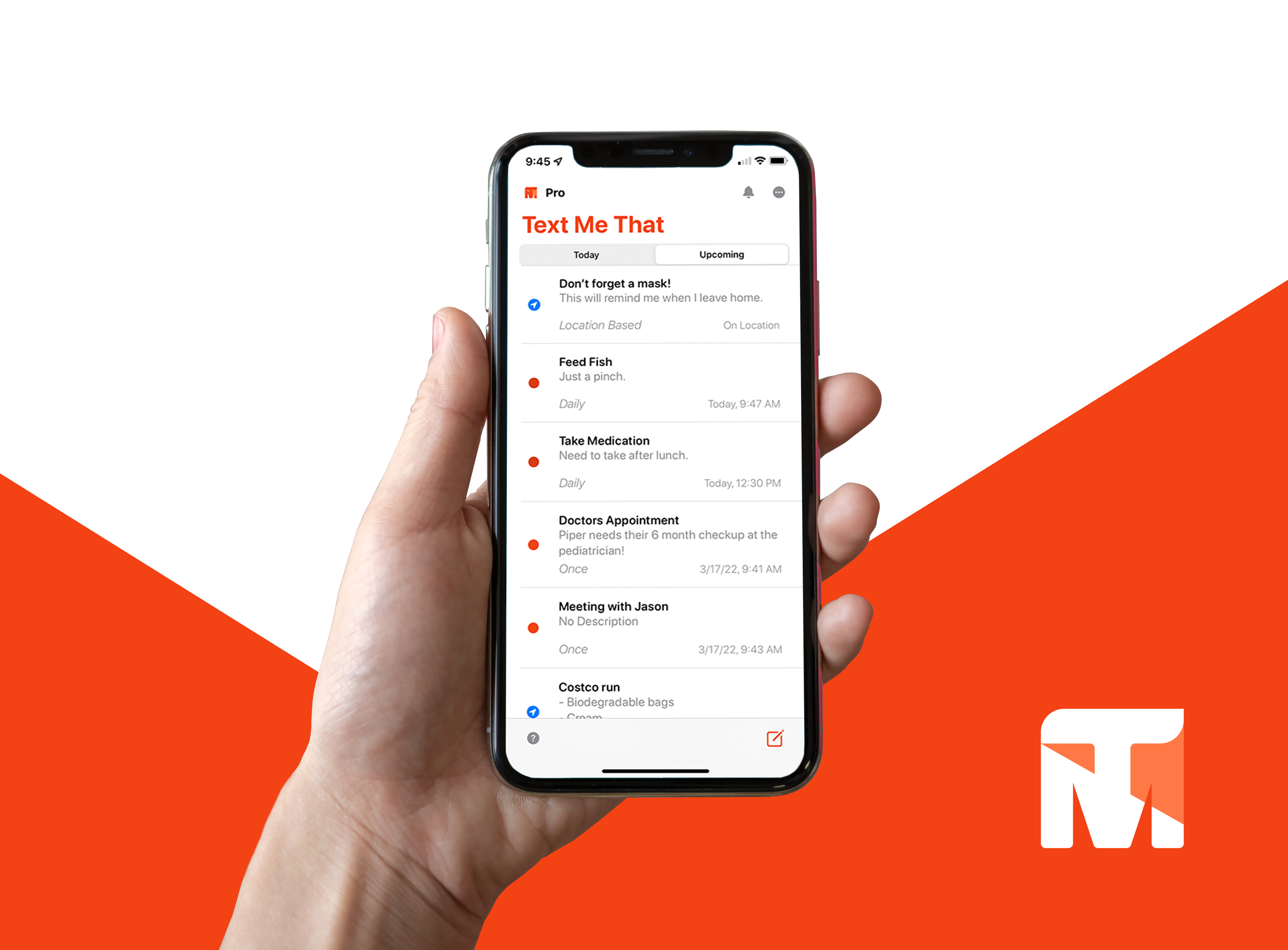iFind
An interactive “seek and find” app that brings real-life scenes to life for children ages 2–5. By blending vibrant imagery with age-appropriate challenges and immediate feedback, it encourages observational skills and fine motor skill building in a fun, educational setting.
Tools
Adobe XD, Photoshop, Swift, Illustrator
Role
UI Design, UX Researcher, Software Developer
Background
Traditional “seek and find” or “I Spy” activities play a significant role in early childhood development. They sharpen observational skills, expand vocabulary, and keep young minds engaged. My daughter was captivated by I Spy books and wanted to do them all the time—but they often required my constant help. While I loved sharing those moments, I also wished there was a way for her to enjoy them independently when I wasn’t available. That desire to give her a self-guided, engaging experience inspired me to explore a more interactive, digital approach that parents and kids alike can appreciate.
What is iFind?
iFind is a mobile application designed for children ages 2–5, inspired by “I Spy” books. It displays real-life still-frame images with hidden objects and interactive highlights, encouraging kids to observe, tap, and learn but not overload with traditional app gimmicks. By combining immediate feedback, hints, and immersive graphics, iFind aims to promote cognitive development in a fun and engaging way.
The Problem
Finding engaging “seek and find” activities for young children can be challenging, especially when constant adult help becomes the only way to keep them on track. Without interactive feedback, kids may quickly lose interest or get stuck, leading to frustration and missed learning opportunities. Many existing digital options are bogged down by distracting features, making it hard for children to stay focused on developing essential observational skills. As a result, parents struggle to find a solution that’s both accessible and empowering—one that encourages kids to learn and explore independently.
The Goal
I’m reshaping the “seek and find” game by creating a digital version with a child-friendly interface. The design ensures interactivity, fosters vocabulary growth, and accommodates accessibility needs through clear visuals and optional voice guidance.
Research and Defining the Solution
Early research involved talking with parents about the strengths of physical “I Spy” books and the potential benefits of a mobile app. We identified common pain points:
Limited Interactivity: Physical books depend on a child’s (or parent’s) guidance and offer no automated hints or immediate feedback, often requiring reading skills that younger children may not have developed.
Varied Attention Spans: Children in the 2–5 age group may lose interest if tasks are too challenging or if feedback is delayed.
Need for Vocabulary Support: Many kids in this age range benefit from audio or visual prompts to reinforce new words and concepts.
These insights guided the solution toward a simple, visually engaging app that provides quick feedback, subtle hints, and an accessible interface for younger users.
Design Process
Approach & Ideation
As a parent, I explored numerous “I Spy” books and children’s apps to identify strategies that successfully engage young users.
Conducted informal interviews with parents and children to uncover both the elements that make experiences fun and the usability factors that are essential for younger audiences.
Prototyping & User Testing
Began with low-fidelity wireframes that prioritized large touch areas and minimal text, acknowledging the target age range.
Developed high-fidelity prototypes featuring bright color schemes, real-life imagery, and intuitive hint animations.
Tested prototypes with children ages 2–5 to assess how quickly they located objects and whether the hint system provided effective support.
Refinement & Collaboration
Enhanced visuals for greater contrast and simplified navigation to better accommodate younger users.
Introduced a parent-only passkey for restricted areas, such as in-app purchases and settings.
Implemented a timer feature that allows parents to limit screen time, ensuring children can use the app independently while maintaining parental oversight.
Sketches + Wireframes
Before finalizing the high-fidelity designs, wireframes established the layout of scenes and object hotspots. These rough sketches confirmed element sizing and positioning for tiny fingers, as well as how hints would appear without overwhelming the screen. The feedback loop with educators and parents played a crucial role in validating these early concepts.
Croquis Drawing
Lo-Fi Wireframing
Prototyping the Paths
Design Highlights
The app’s design was crafted to captivate preschoolers with a bright and inviting color palette while incorporating thoughtful design elements:
Visual Appeal: Cheerful animal illustrations and playful graphics bring the mockups to life, adding charm and engagement.
Clarity & Contrast: Ensuring elements are distinct and accessible for young users.
Friendly Typography: Rounded, approachable fonts enhance readability for early learners.
Cohesive Design System: A consistent approach to button shapes, highlight colors, and object placement creates a unified experience while allowing flexibility for scene variation.
This evolving design framework showcases a balance of creativity and usability, helping each element contribute to the app’s playful and cohesive identity.
End-to-End Mobile Application
With the prototypes and graphics complete, the app is on track to become an end-to-end mobile experience. The core features include:
Still-Frame Scenes: Real-life images with interactive hotspots.
Hint System: Gentle animations to keep younger users engaged without frustration.
Immediate Feedback: Upon finding each hidden object, a celebratory sound or visual animation.
Performance Optimization: Ongoing efforts to ensure the app loads quickly, even with high-resolution images.
Next Steps
Finalize Codebase: Complete integration of new user interface elements and improved object recognition/hint systems.
Broaden Content: Add more themed scenes (e.g., zoo, grocery store, farm) for variety and replay value.
Introduce Gamification: Implement reward elements like badges or stickers for each completed scene.
Beta Testing & Launch: Conduct a wider pilot release to collect data from diverse user groups and refine the app before public launch.
Lessons Learned
Throughout the development of iFind, the team gained valuable insights:
User-Centric Development: Observing real children interact with early prototypes was essential for refining design choices.
Balancing Simplicity & Engagement: Creating a fluid user experience for toddlers requires a careful mix of guidance, interactivity, and ease-of-use.
Technical Optimization: High-resolution images can slow load times, so optimizing assets and code performance is crucial.
This concludes the iFind case study, showcasing the journey from concept to (almost) completed app. I hope it inspires future innovations in early childhood edu-tainment!


